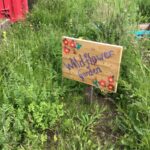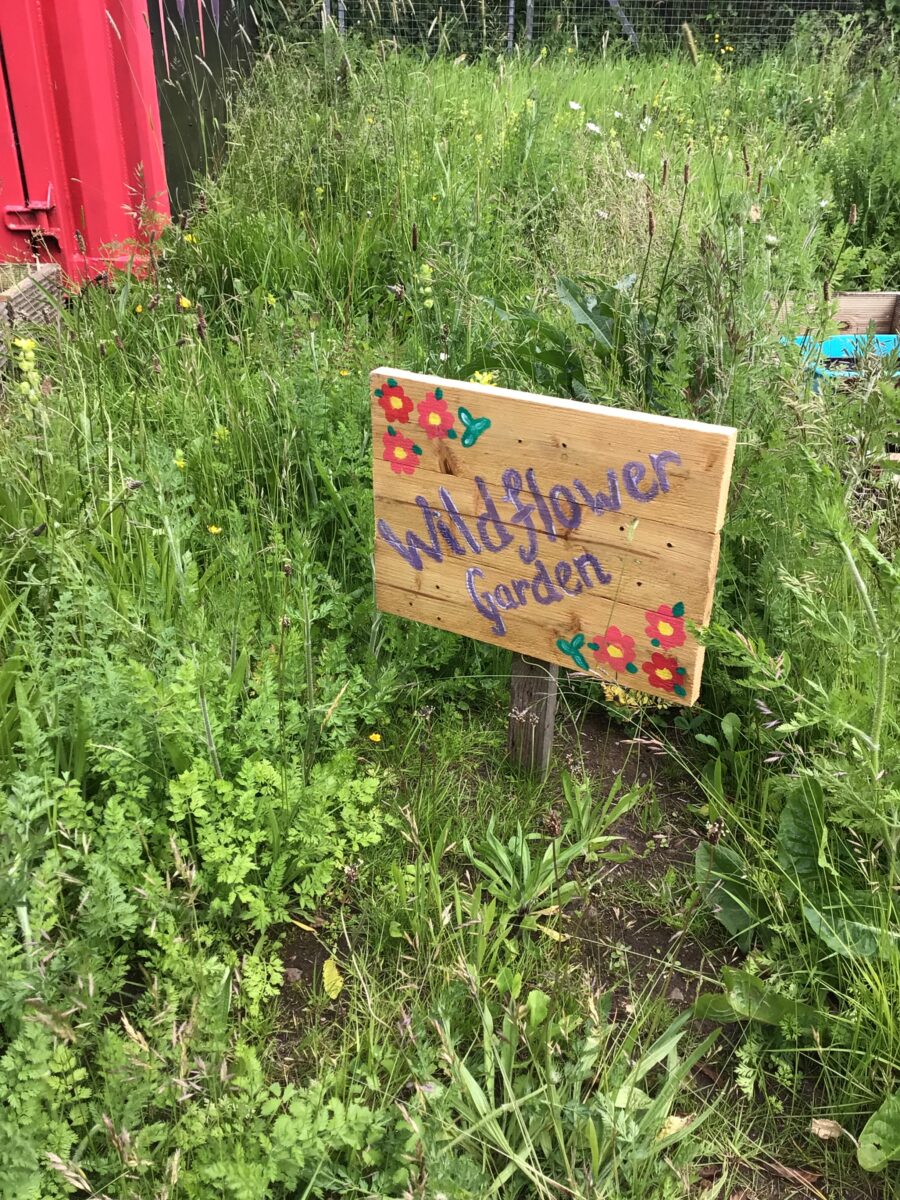
This summer twenty-one primary schools from across the Causeway Coast and Antrim Coast and Glens Areas of Outstanding Natural Beauty (AONB) worked in partnership with Causeway Coast & Glens Heritage Trust (CCGHT) to create an impressive 717m2 of pollinator friendly flower patches.
The project involved school children putting their green fingers to use this summer and planting native wildflower seeds at various locations across the two AONB’s. This worthwhile task contributed to goals set within the All-Ireland Pollinator plan.
The All-Ireland Pollinator plan needs everyone from farmers to local authorities, to schools, gardeners, and businesses, to work in collaboration to ensure pollinators can survive and thrive particularly in our AONB areas. During the planting workshops schools had the opportunity to learn about the benefit of different pollinators and the importance of a biodiverse environment for the future.
Chris Millar, CCGHT AONB Project Officer explained the importance of the project:
“As an organisation with a keen eye on the biodiversity issues faced across the environment and in our own AONB areas we were keen to ensure that something was done to support the important role pollinators play in both environment and agriculture. The approach is two-fold: to get young minds thinking about pollinators and their role in nature around them, but also to take positive action to ensure pollinator species have additional habitat in which to thrive”.
CCGHT chose to use an innovative product called ‘Seedballs’- packets of small clay balls with seed encased inside. The clay protects the seeds, some chilli power in the mix deters insects and compost gives the seeds a head-start at germination. This offered participants the best chance of growing plants such as Bird’s-foot Trefoil, Foxglove and Marigold. At the end of summer pupils sent photos of their best pollinator patches to CCGHT, with prizes awarded for the most amazing pollinator plants

